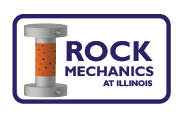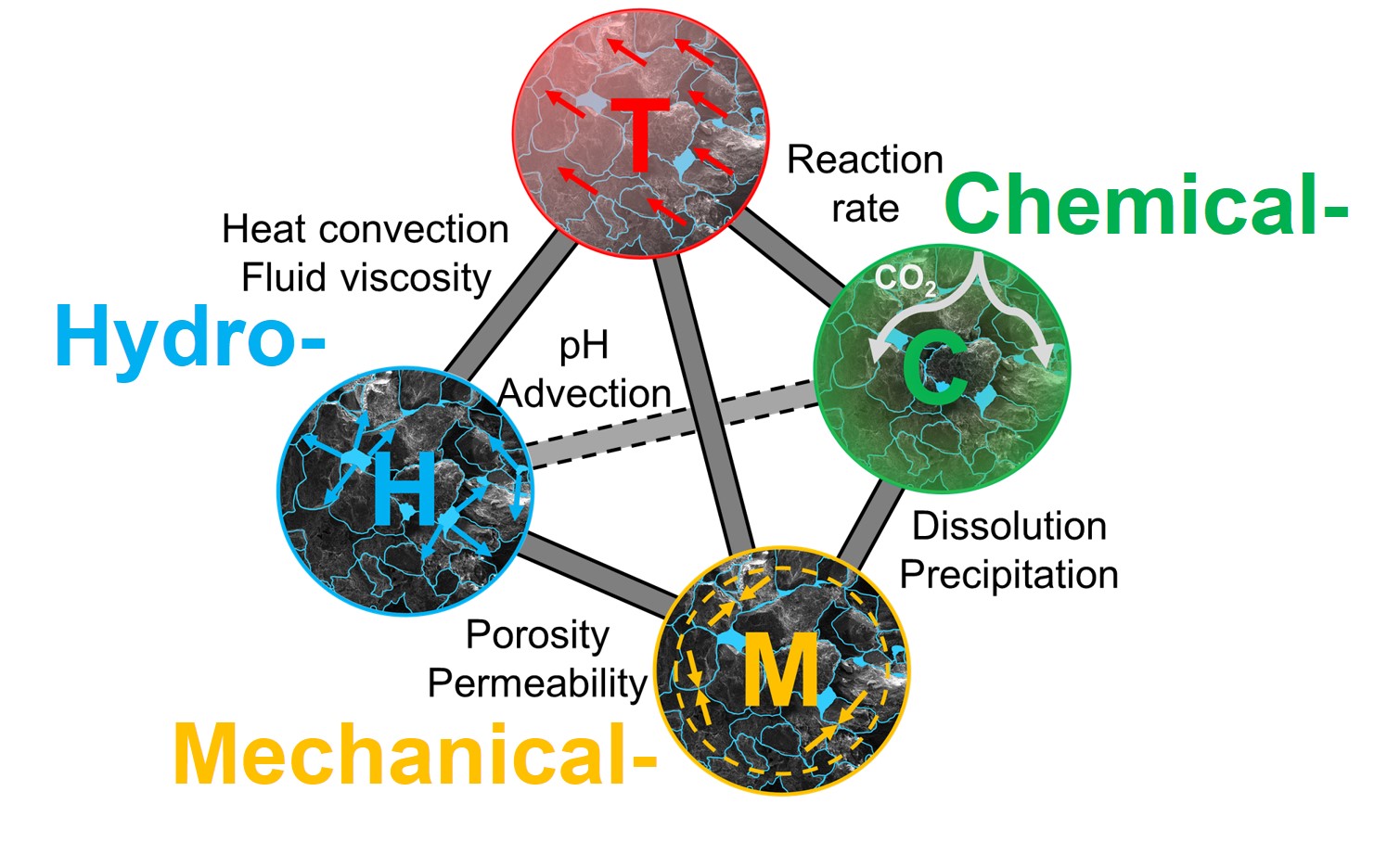
As high-pressure CO2 is injected into the reservoir, an instant and direct poroelastic response occur due to the increase in the pore pressure which would decrease the effective stress. Thus, the stress state would migrate closer to the failure criteria, accompanied by mechanical deformation from overpressure that may jeopardize the stability of the system. After injection, the plume of the injected CO2 rises due to buoyancy and reaches the boundary of the reservoir rock, which may induce leakage through the caprock to the upper aquifers. However, for reservoir rock, more complex multi-physical processes (e.g., mechanical, thermal, hydraulic, and chemical reactions) occur in the formation and require a coupled analysis of its behavior. On top of the poromechanical response, the liquid CO2 is injected at a lower temperature that may induce thermal stresses by cooling the adjacent region of the injection points. In addition, the acidic mixture of brine and CO2 can induce a chemical reaction with the composing minerals of reservoir rock and affect its geomechanical properties. Therefore, considering the mechanical, thermal, and chemical effects, the importance of properly addressing this coupled behavior of reservoir rock during CO2 storage can be highlighted. The terminology “coupled behavior” indicates that each of the linked factors of the process mutually affects the initiation and change of the others. For instance, mechanical loading would not only induce deformation of the porous media but also affect the ambient pore pressure and temperature, depending on the boundary conditions. Thus, it implies that the response of the subsurface rock for GCS cannot be characterized by each process individually but requires a more comprehensive consideration of all the related processes. As a result, a more integrated experimental study for the effect of CO2 injection on the THMC coupled behavior of reservoir rock and characterization of its poromechanical properties becomes essential.
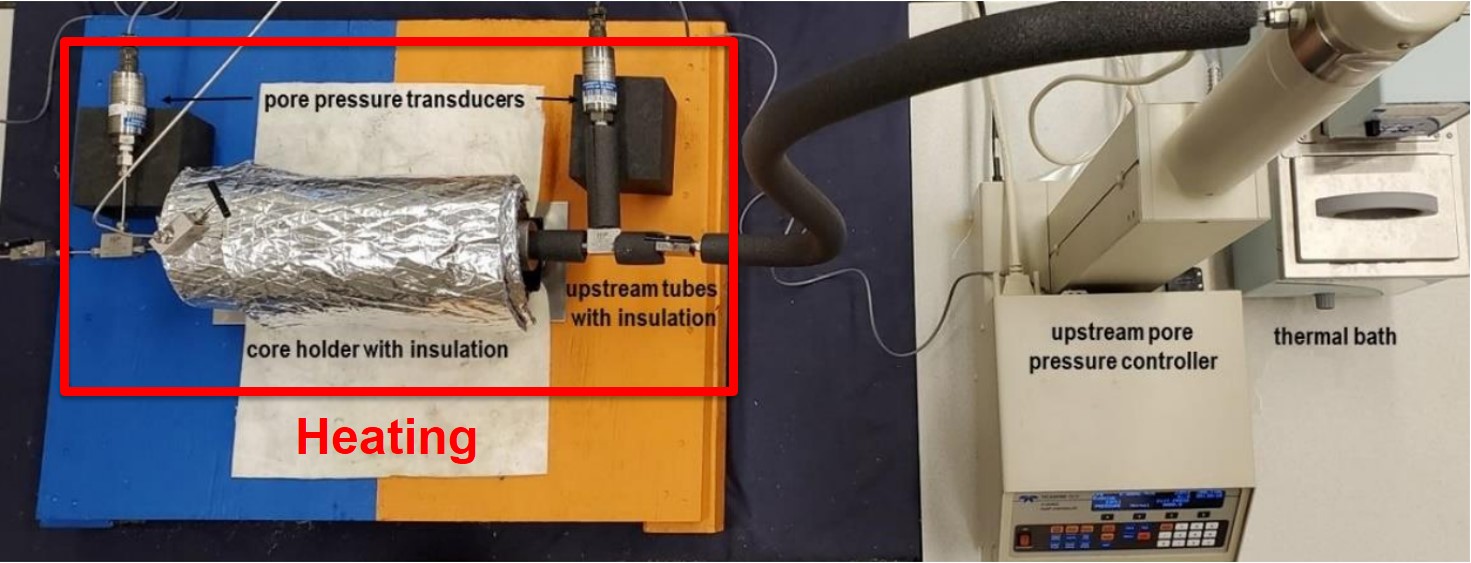
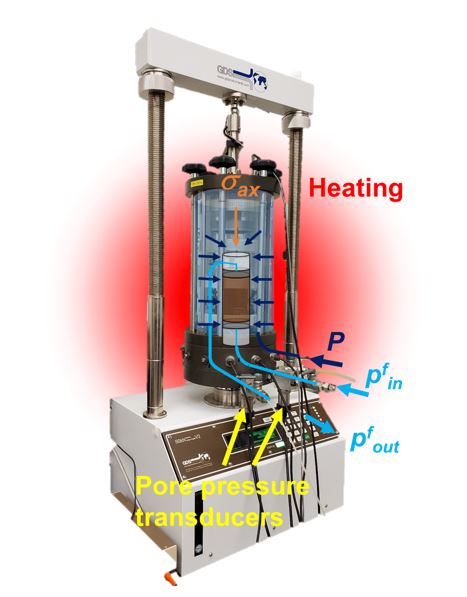
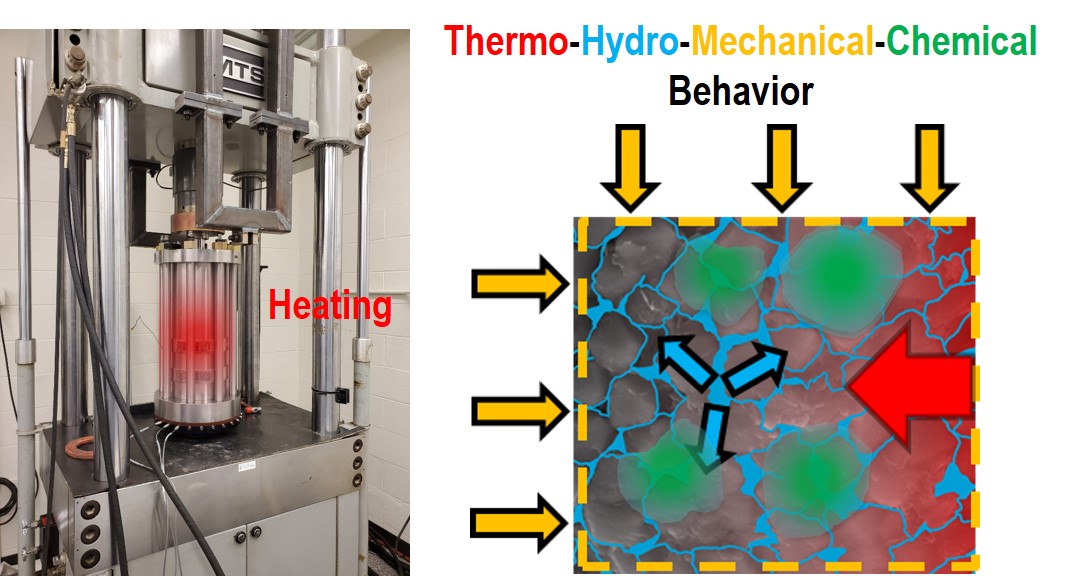
In order to properly couple the thermal-hydro-mechanical-chemical (THMC) aspects, many different devices such as the core flooding device, GDS triaxial cell, and the advanced triaxial cell can be utilized. For the core flooding device, insulating sheets are installed to maintain the temperature, while heating could be applied from the outside of the core holder. For the simulation of the CO2 injection, two syringe pumps are installed at the inlet where water and CO2 can be injected. The triaxial compression system allows axial loading to the samples, while heat loading can be applied outside the cell. Accurate LVDT measurements are available, and by controlling the effective mean stress, the hydromechanical properties can be measured considering the effect of temperature. In terms of the chemical effect, pH meters are installed to assess the pH of the pore fluid, which would be pressure and temperature-dependent. For the advanced triaxial cell, acoustic emission sensors can be installed, and the non-destructive method to characterize the rock behavior can be utilized simultaneously. In addition, much higher capacities in axial loading, pressure, and temperature are available, which allows more realistic simulations of the reservoir conditions.
